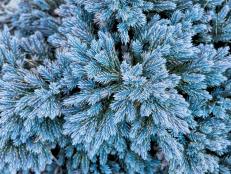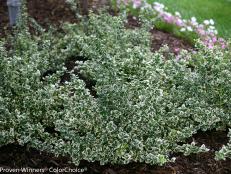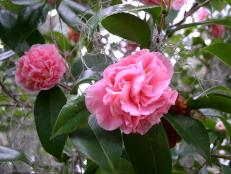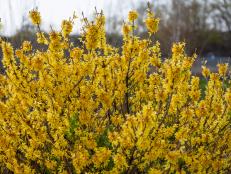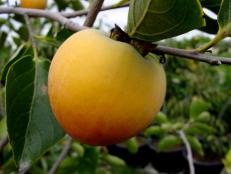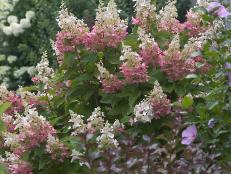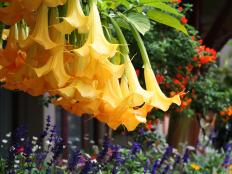Growing Tea Olive

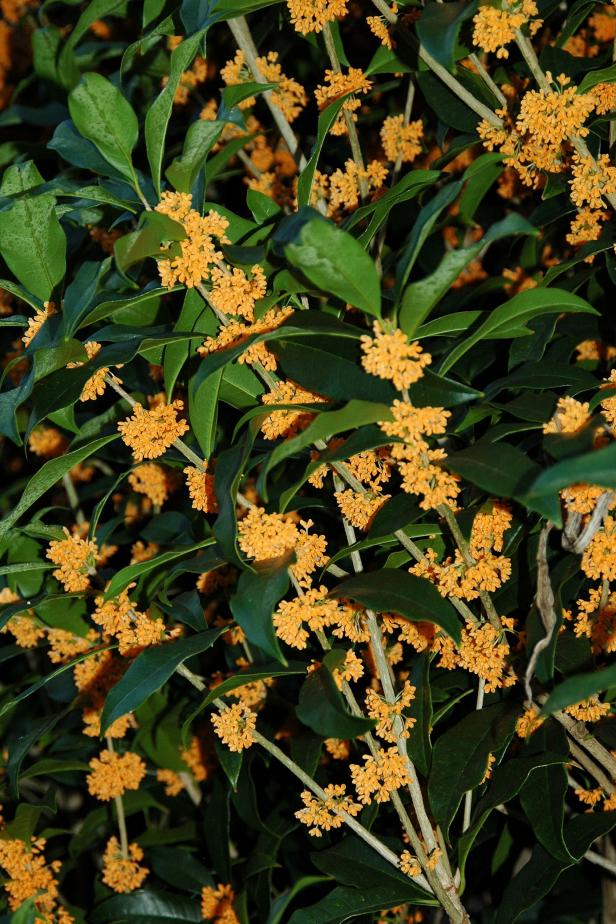
Image courtesy of Atlanta Botanical Garden
One of the most refreshing signs of fall – and spring – is the unique and memorable fragrance of tea olive in full bloom. This evergreen tree or shrub, depending on whether you prune it, is an old-fashioned Southern favorite known for its ease of maintenance and versatile uses in the landscape.
With its glossy green leaves, tea olive, Osmanthus fragrans, can be pruned into a shrub or hedge, or if left alone can become a small tree at upwards of 20 feet or more. Its leaves resemble those of the holly, the difference being tea olives have opposite leaves, while hollies’ are alternate – hence another common name of false holly. The tea olive’s dense foliage provides a high-contrast backdrop for the tree’s best feature, its flowers. In early fall, and again in early spring, tea olive unfurls clusters of tiny creamy white flowers with a permeating fragrance often described as a cross between gardenia and jasmine. Other cultivars offer less common bloom colors in pale to deep yellow and orange, emitting strong scents of peach or orange blossom. Once you experience the fragrance which can travel way beyond the garden, you will never mistake its source.
Although it’s considered a slow to moderate grower – four to 12 inches a year – soil quality and pruning can greatly affect that. Depending on the species and cultivar, some types reach only six feet while others can tower up to 30 feet. Because of their natural growth habit, tea olives don’t require pruning. But depending on their use, larger varieties can be pruned to grow as trees, while small-leaf varieties make excellent hedges.
Tea olives prefer full sun, but most varieties will tolerate partial shade. If using the plant as a specimen, plant it near a window or door for enjoying up close – especially when it puts on that hallmark show of fragrance.
Tea olives prefer well-drained fertile and acidic soil. When planting, position the top of the root ball evenly with ground level and water in deeply, giving the plant an inch of water weekly during the first growing season until it becomes established. Once established, tea olives prove what drought-tolerant treasures they are. Every spring, feed them a general fertilizer, such as 10-10-10 or 16-4-8. Being virtually pest free and long lived, the rest is up to Mother Nature!






